The affiliate marketing industry is experiencing rapid growth and offers many opportunities for marketers to generate traffic and revenue. Affiliate marketing programs make it easier for marketers to reach consumers and capture their attention.
In this article, we will explore some of the most important and intriguing statistics in the affiliate marketing sector, including global affiliate marketing trends and revenue.
These statistics provide valuable insights into the state of the affiliate marketing industry and can help marketers make informed decisions about their affiliate marketing strategies and develop effective strategies for using affiliate marketing to their advantage.
General Affiliate Marketing Statistics
General affiliate marketing statistics can provide valuable insights for affiliate marketers.
These top marketing statistics for 2022 can help you understand the current state of the affiliate marketing industry and identify trends and patterns in affiliate programs.
This information can be used to create more engaging and informative content that resonates with your audience and generates traffic.
By examining global affiliate marketing statistics, you can gain a better understanding of what tactics a good affiliate marketer uses to generate revenue and stay up-to-date on the latest affiliate marketing trends.
1. More than 25% of brands utilize bloggers in their affiliate marketing strategies. (Influencer Marketing Hub)
2. Affiliate marketing spending in the United States is projected to reach $8.2 billion by 2022. (Statista)
3. In 2021, there was a 30% increase in affiliate agencies, platforms, and services in the United States and a 26% increase worldwide. (Influencer Marketing Hub)
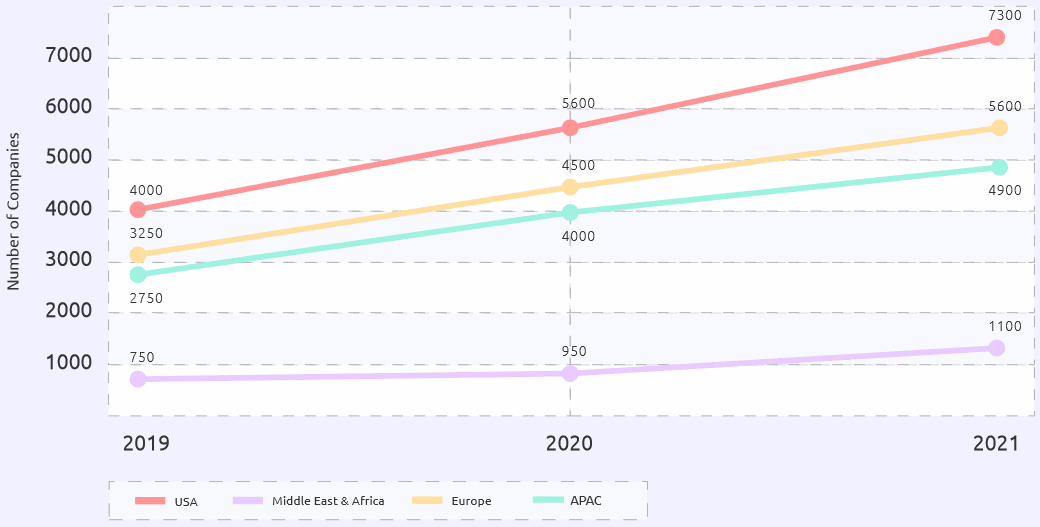
4. More than 75% of brand marketers plan to spend money on affiliate marketing in 2022. (Influencer Marketing Hub)
5. Almost 80% of brands that engage in influencer marketing use Instagram. (Influencer Marketing Hub)
6. Amazon Associates holds more than 20% of the market share in the affiliate marketing industry. (Influencer Marketing Hub)

7. The search for affiliate marketing rose by over 400% between 2016 and 2022. (Google Trends)

8. The usage of affiliate networks for monetization by influencers through social media has increased from about 4% to 80% between 2020 and 2022. (Partnerize)
9. Using bloggers to post affiliate links was the top way to do affiliate marketing by brands worldwide, with 28% of brands doing so.
10. Cashback and Coupon affiliates have become dominant in the affiliate markets in the UK recently. (Awin)
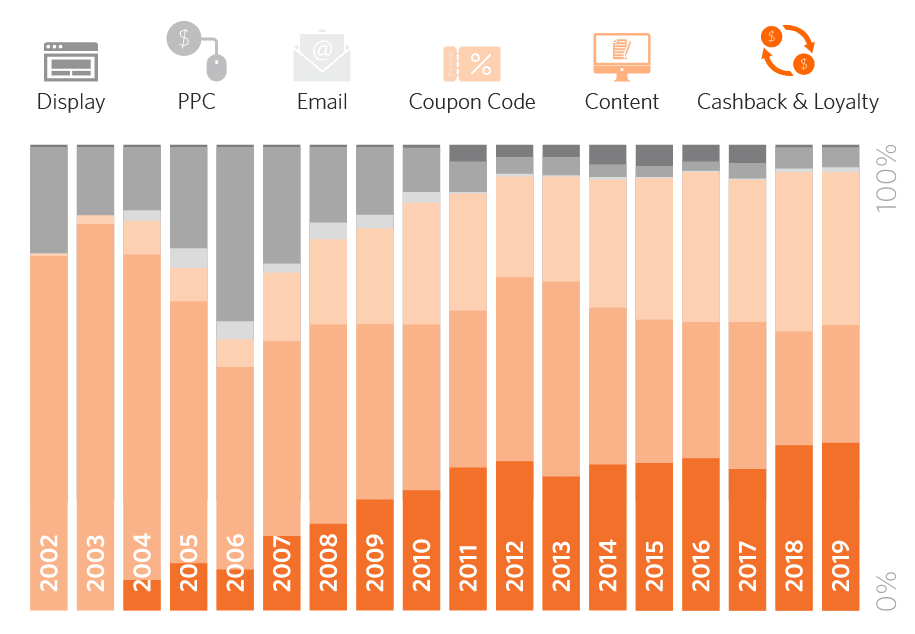

11. 78% of marketers plan to increase investment in TikTok influencers in 2022. ()
12. 74.5% of US marketers from companies with over 100 employees will use influencer marketing. (eMarketer)
13. 75% of Gen Z students made a purchase after seeing an influencer talk about a product. ()
14. 41% of creators experienced affiliate revenue growth. ()
15. Nano-creators, creators with subscribers/followers between 1k to 10k, on both YouTube and TikTok yielded the highest engagement rates. ()
16. 66% of the Gen Z students said they bought clothing items after seeing it being promoted by influencers. ()
17. 45% of consumers use social media when looking for more information on brands or products. ()
18. Lifestyle and entertainment are the most subscribed category by students, followed by fashion. ()
19. Over 184 million online shoppers said they completed a purchase after seeing an influencer recommend a product on social media. (Grin)
20. 70% of online shoppers use Instagram for product discovery, and 44% of people use Instagram to shop weekly. (Grin)
21. 98% of creators prefer posting content on Instagram, and 37% of brands prefer partnering with influencers on the platform. (Influencer)
22. The global Affiliate Marketing Programs market size is forecasted to reach $33 billion by 2027. (Digital Journal)
23. 96% of companies said affiliate marketing strategies yielded some form of success in customer acquisition efforts, with 33% suggesting high success rates (Forrester)
Affiliate Marketing Demographic Statistics
Demographics for Affiliate Marketing Statistics provides valuable insights for affiliate marketing specialists to understand the trends and revenue within the industry.
These statistics help affiliate marketers generate traffic and optimize their affiliate programs for success.
1. There are around 9,600 affiliate-related services/companies worldwide, with almost half of them based in North America. (Influencer Marketing Hub)
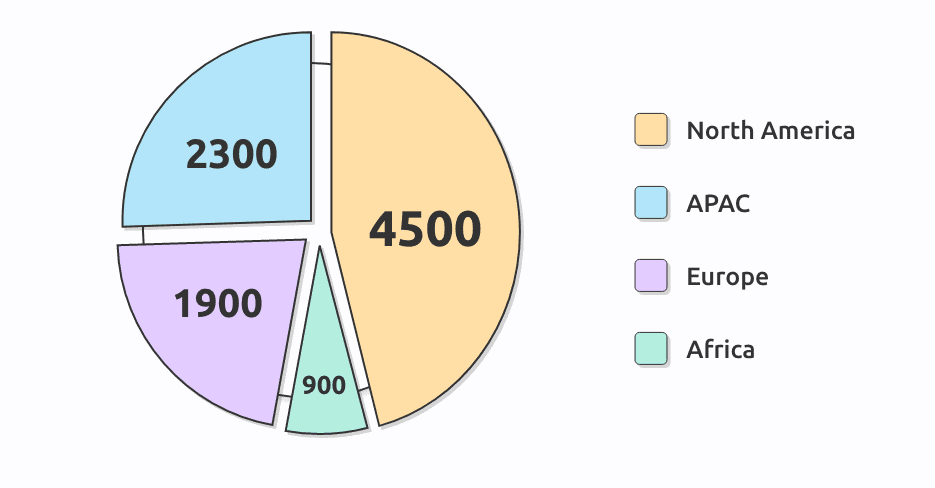
2. In the US, Male affiliate marketers account for 57.5% of all affiliate marketers, while female affiliates account for 42.5%. (Zippia)
3. Age breakdown of the affiliate marketing manager employees. (Zippia)

How Covid-19 Impacted Affiliate Marketers
Covid-19 has had a significant impact on the affiliate marketing industry, with many affiliate marketers experiencing changes in their revenue and programs.
Here are a few key affiliate marketing statistics that highlight the impact of Covid-19.
1. During the pandemic years, engagement with affiliate content and social publishers increased by 40%. (CJ Affiliate)
2. In the US, affiliate sales for the mid-April – early-June 2020 time period increased by 35%. (CJ Affiliate)
3. Over 50% of affiliate agencies and advertisers saw an increase in their spending across 2020, with a third spending over $61,000 per month through affiliate channels. (Internet Advertising Bureau)
4. More than half of affiliate agencies and advertisers saw an overall increase in business across 2020, and 56% recorded increased annual revenue through the affiliate network specifically since the lockdown started in late March 2020. (Internet Advertising Bureau)
5. 74% of consumers say they are more influenced to shop via social media post-pandemic than they were pre-pandemic. ()
Affiliate Marketing Revenue Statistics
As an affiliate marketer, utilizing marketing statistics for the affiliate marketing industry can help you generate traffic and effectively monetize your content.
Understanding the trends and revenue statistics of the global affiliate marketing landscape will also allow you to provide more informed content for your audience.
1. Platforms specifically focused on affiliate marketing raised more than $800M in 2021. (Influencer Marketing Hub)
2. 48.9% of affiliate marketing firms pay a flat rate and 42.4% pay as a percentage of sales. (Influencer Marketing Hub) 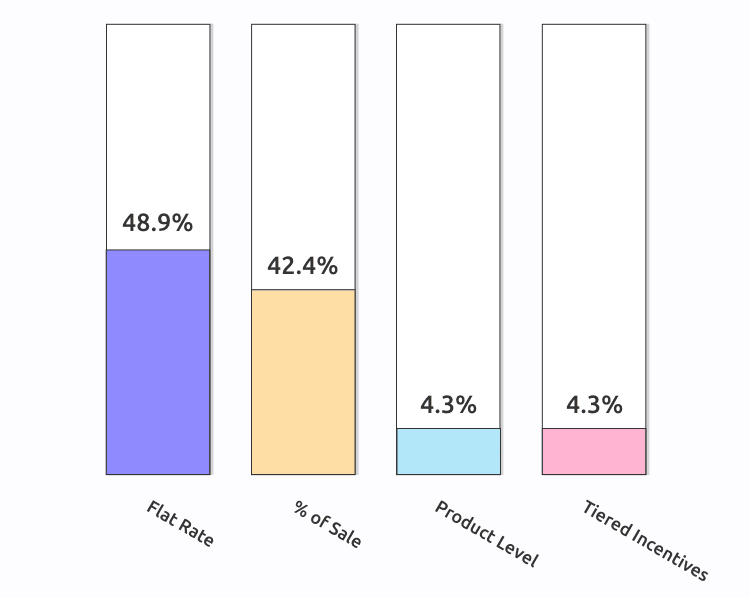
3. 79% of marketers plan to increase their investment in influencer marketing in the years ahead. ()
4. Influencers on Instagram and TikTok had the highest quoted fees. ()
5. $5,900 was the average cost of a YouTube video in the past two years. ()
6. US Influencer marketing spending is projected to increase to 7.14 billion by 2024. (eMarketer)
7. The Influencer Market is Expected to Grow to USD 22.2 billion by 2025. (Storyblok)
8. Sponsored videos on YouTube can cost anywhere between $60 to thousands of dollars based on viewership. (Storyblok)
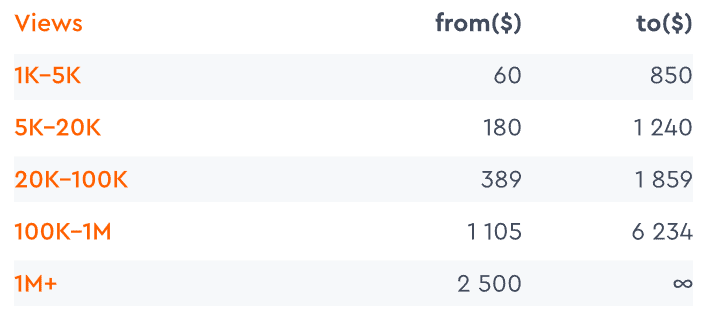
Frequently Asked Questions About Affiliate Marketing
How Much Do Affiliate Marketers Make?
More than 55% of affiliate marketers earn less than $10,000, roughly 16% of affiliate marketers earn up to $50,000, and only about the top 4% of affiliate marketers earn more than $150,000. (Statista)
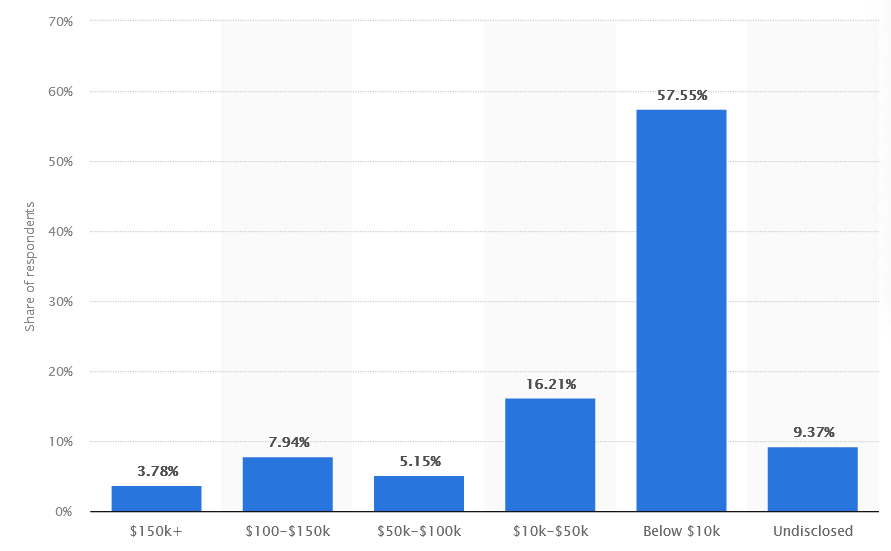
How Big Of A Market Is Affiliate Marketing?
The affiliate marketing industry is expected to increase to around $13 billion in 2022 and $15.7 billion by 2024. (Influencer Marketing Hub)
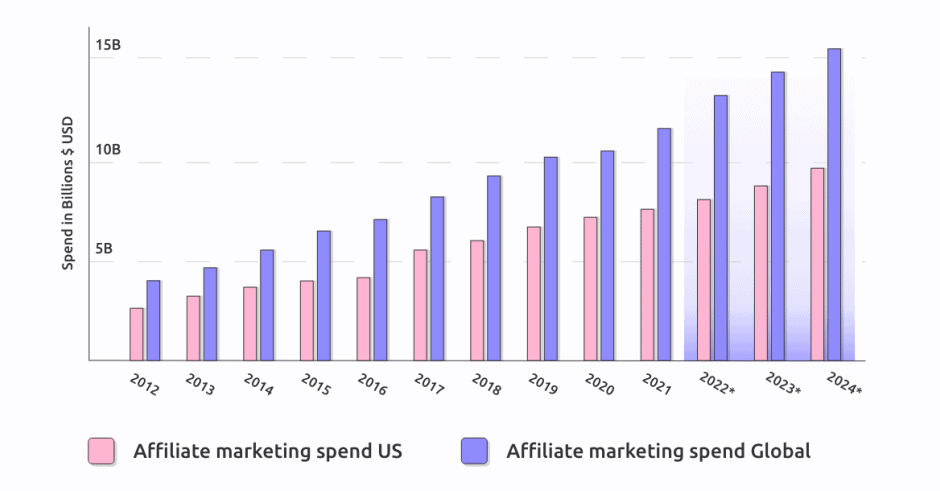
What is The Average Affiliate Marketing Commission Percentage?
Affiliate marketing commissions averaged between 10-30%. However, SaaS products paid up to 70%. (Influencer Marketing Hub)
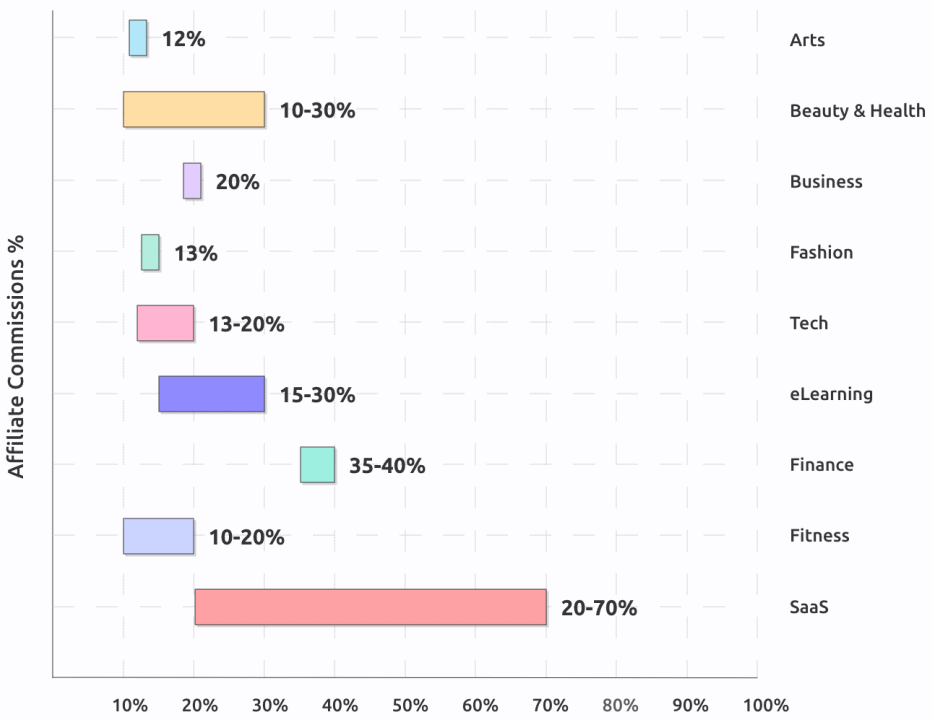
Final Thoughts
The affiliate marketing industry is clearly a massive market with many opportunities for affiliate marketers to take advantage of.
As evidenced by the marketing statistics and trends presented here, the Internet has become an incredibly powerful sales channel that is expected to continue growing in the coming years.
Affiliate marketing has many benefits for businesses and solo entrepreneurs alike, making it a popular choice for marketers seeking to generate traffic and revenue.
There are many different affiliate programs available to marketers, each with its unique features and benefits.
By understanding affiliate marketing statistics and trends, marketers can make more informed decisions about which programs to use and how to effectively use affiliate marketing to grow their businesses.
